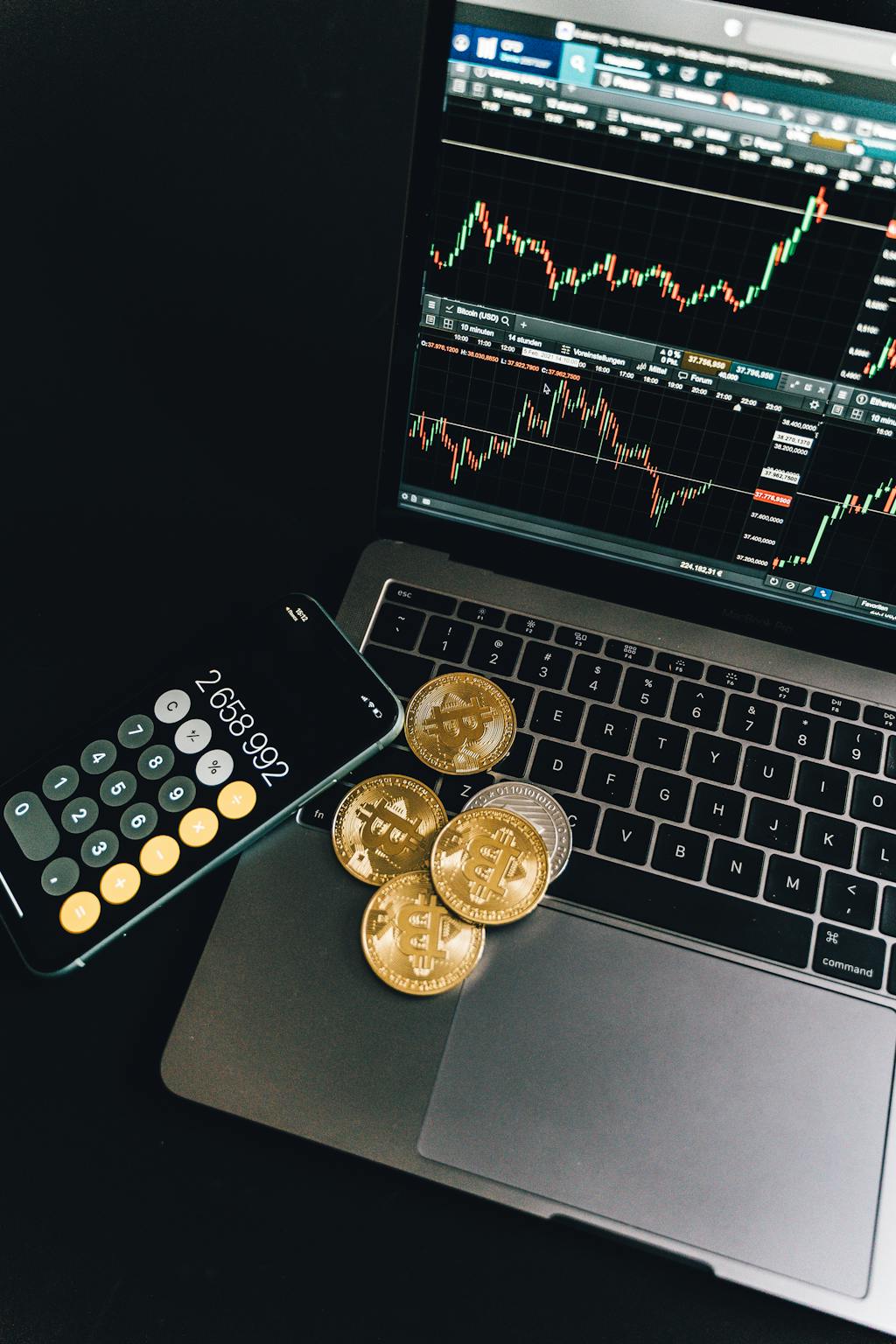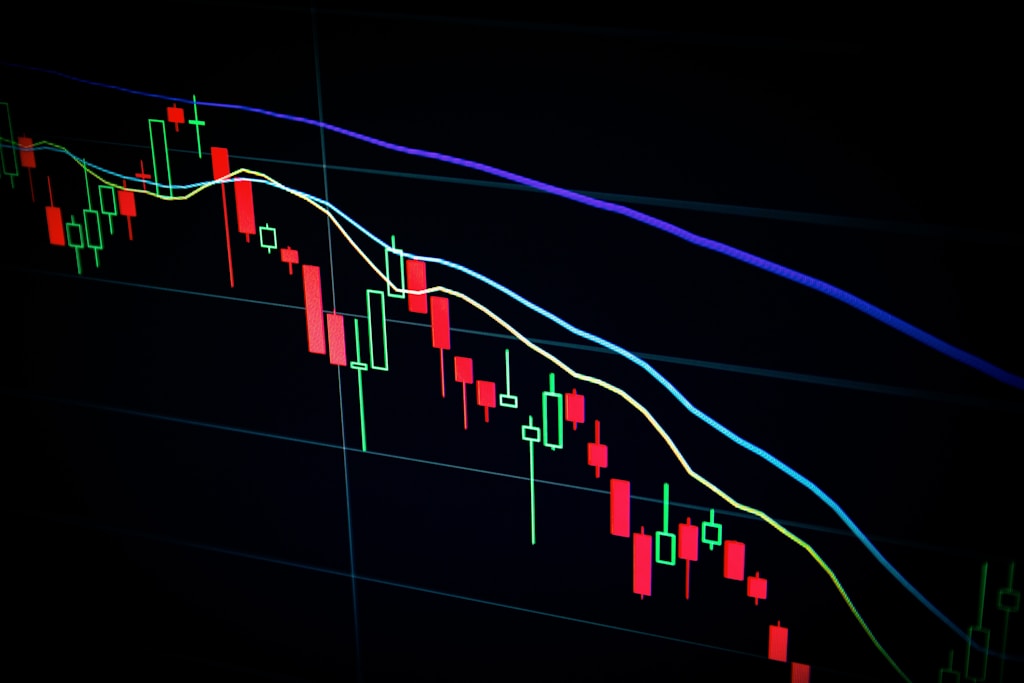In a landmark development for the cryptocurrency industry, U.S. lawmakers are pushing for comprehensive reform of securities laws, marking a potential turning point in crypto regulation. This initiative aligns with the recent confirmation of Bitcoin-friendly SEC Chair Paul Atkins, signaling a broader shift in regulatory approach.
Key Highlights of the Congressional Push for Crypto Clarity
- First 2025 market structure hearing focuses on cryptocurrency regulation reform
- Bipartisan support emerges for limiting SEC’s regulatory overreach
- Lawmakers aim to prevent further crypto industry exodus from the U.S.
Congressional Hearing Details and Implications
The Subcommittee on Digital Assets, Financial Technology, and Inclusion convened on April 9, 2025, to address growing concerns about regulatory uncertainty in the crypto sector. This hearing represents a crucial step toward establishing clear guidelines for digital asset innovation while maintaining appropriate oversight.
SPONSORED
Trade crypto with confidence using advanced perpetual contracts with up to 100x leverage
Impact on Crypto Markets and Innovation
The proposed regulatory overhaul could significantly impact the cryptocurrency market, potentially unleashing a new wave of innovation in the U.S. digital asset space. Industry experts suggest this could reverse the trend of crypto companies relocating overseas due to regulatory uncertainty.
Frequently Asked Questions
What changes are being proposed to securities laws?
The proposed changes aim to create clearer guidelines for cryptocurrency classification and trading, reducing regulatory uncertainty while maintaining investor protection.
How will this affect existing crypto projects?
Existing projects may benefit from clearer regulatory frameworks, potentially reducing compliance costs and legal uncertainties.
When could these changes take effect?
While the timeline remains uncertain, lawmakers are pushing for expedited implementation, potentially seeing changes by late 2025.
Looking Ahead: The Future of U.S. Crypto Regulation
As Congress moves to address regulatory challenges, the cryptocurrency industry stands at a crucial juncture. The success of these reforms could determine whether the United States maintains its position as a global financial innovation leader or cedes ground to more crypto-friendly jurisdictions.




